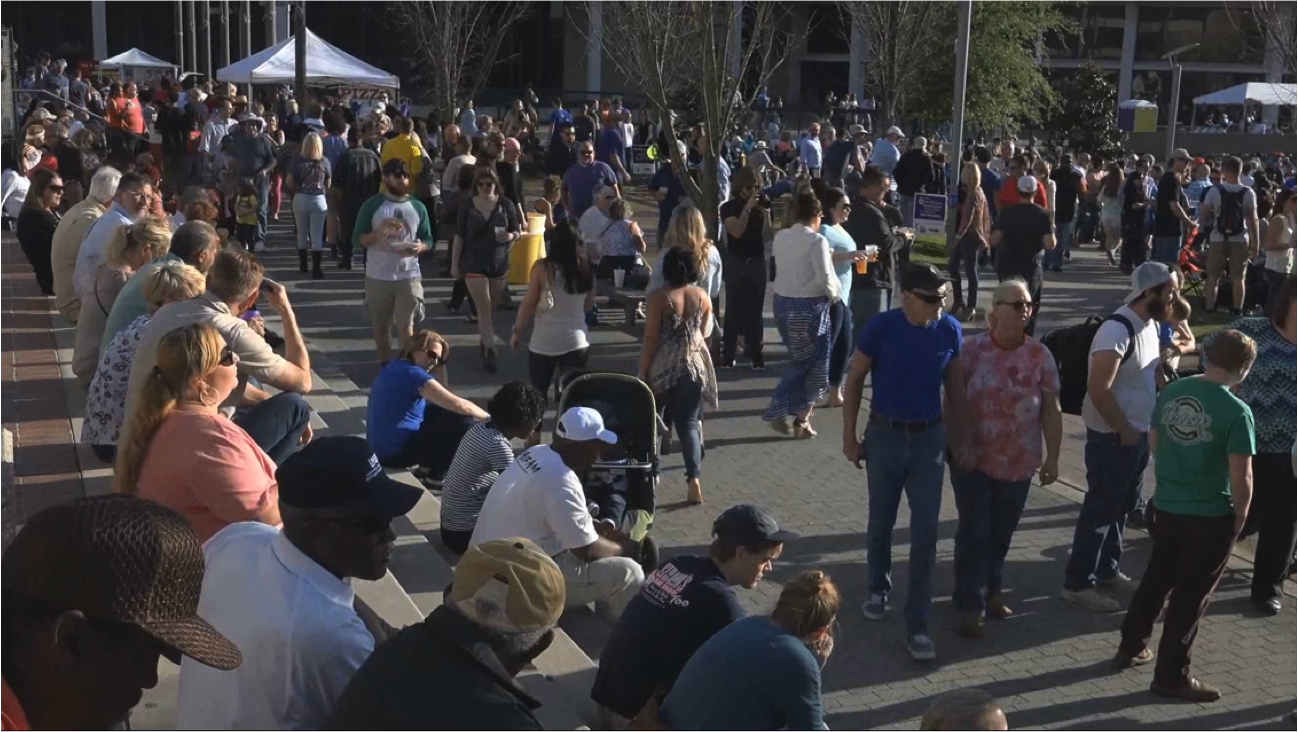LSU-NCBRT Now Offering Updated Course
December 20, 2017
 Louisiana State University's National Center for Biomedical Research and Training
is now scheduling its updated "Site Protection through Observational Techniques" course.
This course update includes many changes.
Louisiana State University's National Center for Biomedical Research and Training
is now scheduling its updated "Site Protection through Observational Techniques" course.
This course update includes many changes.
The "Site Protection through Observational Techniques" course is now seven hours for
direct delivery or eight hours for trainer-the-trainer delivery. The train-the-trainer
version is for those who wish to teach this course to others at their agency using
LSU-NCBRT course materials through the indirect training program.
Other changes to the course include an expanded scope to incorporate more of a civilian role and an increase in the maximum class size to 100 participants. Additionally, the National Environmental Health Association now accredits the course. Because the course has been significantly changed, indirect trainers will be required to retake the latest version of the course to continue teaching it.
The course is divided into modules that teach participants how to increase protective awareness; identify terrorist preoperational behaviors; and evaluate situations and take action. Students also participate in a collaborative learning exercise. Train-the-trainer participants receive an extra hour of training to prepare to teach the class.
The entire course is very interactive. For example, instructors show videos of "suspicious" people in various situations to the class and offer tips on what types of behaviors to look for. The techniques used in this class, however, are different from what one may consider "profiling."
"We are looking for things that will tell us they're doing something wrong," Doyle Manke, LSU-NCBRT instructor said. "The key is to connect the dots. Individually, they may mean nothing, but collectively, they may mean something."
The techniques used in the course to identify suspicious behaviors and prevent dangers to the public are like those successfully used during the terrorist attack at the NYC Port Authority Bus Terminal in December. During the attack, a lone wolf terrorist was first noticed on security camera suddenly switching between trains about an hour before the attack.
Although this course is primarily for law enforcement and security personnel, many other occupational groups have benefited from this course. Fire services, emergency medical services, government officials, public safety personnel, facility managers, and any others who support security operations for sites or events would benefit from this course.